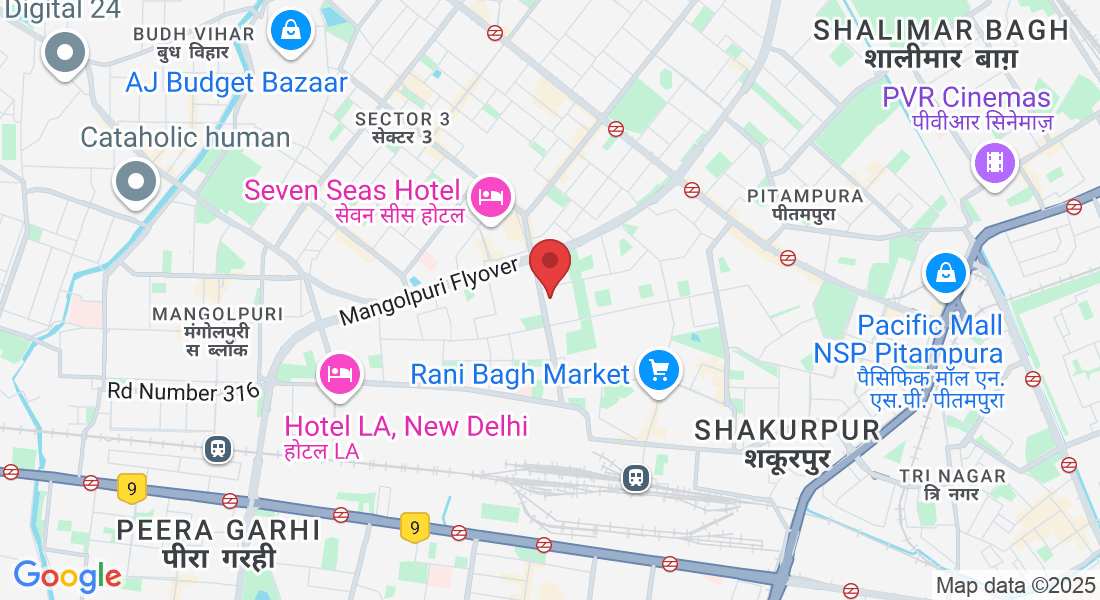Maximizing Results : The Synergy of People-Process Integration

In the quest for organizational excellence, achieving desired results goes beyond the implementation of efficient processes or the cultivation of a skilled workforce. It lies in the seamless integration of people and processes, where human capital and operational frameworks synergize to drive performance to new heights. This synergy, often referred to as people-process integration, holds the key to unlocking the full potential of an organization. Let's explore how organizations can optimize performance through the seamless alignment of their human capital and operational processes.
Understanding People-Process Integration
At its core, people-process integration is about aligning human capabilities with organizational workflows to achieve shared objectives efficiently and effectively. It involves streamlining communication channels, clarifying roles and responsibilities, and fostering collaboration across all levels of the organization. People-process integration recognizes that success is not just about having the right processes in place; it's also about empowering and enabling employees to contribute their skills, knowledge, and creativity towards achieving organizational goals.
Harnessing Human Capital
Human capital forms the bedrock of any organization's success. It encompasses the skills, expertise, and potential of employees, as well as their ability to innovate, collaborate, and adapt to change. By harnessing human capital effectively, organizations can leverage the collective intelligence and creativity of their workforce to drive continuous improvement and innovation.
People-process integration starts with investing in the development and empowerment of employees. This includes providing training and development opportunities, fostering a culture of learning and growth, and empowering employees to take ownership of their work. When employees feel valued, supported, and empowered, they are more likely to be engaged, motivated, and committed to achieving organizational goals.
Optimizing Operational Processes
Operational processes form the backbone of organizational performance, providing the structure and framework for executing core business activities. From supply chain management to customer service delivery, every aspect of an organization's operations can benefit from continuous optimization and refinement.
People-process integration involves aligning operational processes with the needs and capabilities of employees. This requires a deep understanding of how work gets done within the organization, as well as a willingness to adapt and evolve processes to accommodate changing circumstances and emerging opportunities.
Moreover, leveraging technology and automation can streamline operational processes, reduce manual effort, and improve efficiency and accuracy. By investing in digital tools and platforms that support collaboration, communication, and information sharing, organizations can enhance the effectiveness of their operational workflows and empower employees to work more effectively.
Cultivating a Culture of Collaboration
Central to people-process integration is the cultivation of a culture of collaboration, where employees are encouraged to work together towards common goals and objectives. Collaboration breaks down silos, fosters cross-functional communication, and encourages knowledge sharing and innovation.
Leaders play a critical role in fostering a collaborative culture by setting the tone from the top and leading by example. They should communicate a clear vision and purpose, establish shared goals and objectives, and create opportunities for employees to collaborate and share ideas.
Moreover, organizations can leverage technology to facilitate collaboration and communication across geographically dispersed teams. From project management platforms to video conferencing tools, digital technologies enable real-time collaboration and information sharing, regardless of physical location.
Measuring and Monitoring Performance
To ensure the effectiveness of people-process integration, organizations must establish key performance indicators (KPIs) to measure and monitor performance continuously. These KPIs should align with organizational goals and objectives and provide insights into the effectiveness of both human capital and operational processes.
By tracking KPIs related to employee engagement, productivity, and performance, organizations can identify areas for improvement and take corrective action as needed. Similarly, monitoring operational KPIs such as cycle time, error rate, and customer satisfaction can provide insights into the efficiency and effectiveness of operational processes.
Conclusion
In conclusion, optimizing performance through people-process integration requires a holistic approach that recognizes the interconnectedness of human capital and operational processes. By aligning employee capabilities with organizational workflows, fostering a culture of collaboration, and continuously optimizing operational processes, organizations can unlock their full potential and achieve desired results. Ultimately, people-process integration is not just about improving efficiency or effectiveness; it's about creating a work environment where employees are empowered to thrive, innovate, and contribute towards the success of the organization.
Get In Touch
Email:
Phone:
+91 8368773177
Address:
159 Sharda Niketan , Pitampura , Delhi - 110034
© 2024 XcelleratorsHub - All Rights Reserved

